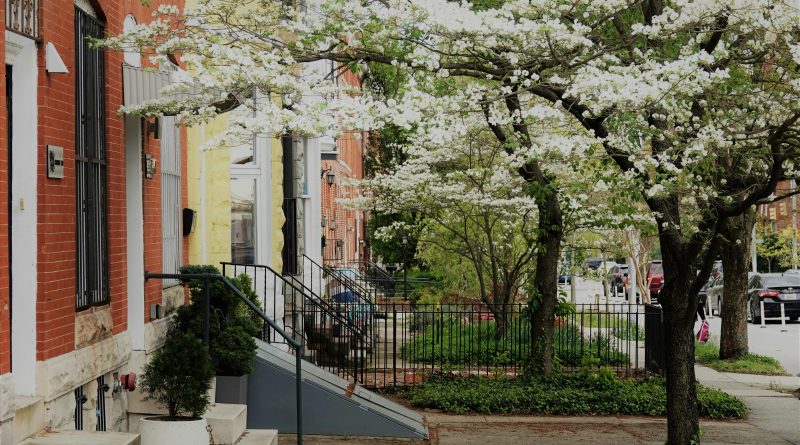Why the Grass Might Not Be Greener on the Other Side: Unpacking the Baltimore to D.C. Exodus
In recent years, a curious trend has emerged: a noticeable migration of individuals from Baltimore to Washington D.C. This shift raises eyebrows, not just because of the changing demographics but because of the deeper implications and costs it carries. Here, we’ll explore this movement critically, challenge some popular assumptions, and look closely at the financial implications of long-distance moving.
The common belief is that D.C. offers a superior quality of life compared to Baltimore. This notion drives many to pack up their lives and head south in search of better jobs, improved safety, and a vibrant social scene. But is the reality in D.C. truly in line with these expectations?
The True Cost of Moving
Let’s break down the actual costs involved in moving from Baltimore to D.C., using data from the reliable moving cost aggregator My Moving Reviews. On average, the cost for a long-distance move can range from $2,300 to $5,600, depending on the size of the household and the services required. These expenses include packing, transportation, and potential storage fees, not to mention the time and emotional cost of uprooting one’s life.
For many, these moving expenses alone might be a deterrent, especially when coupled with the higher ongoing living costs in the destination city.
The Cost of Living Differential
The cost of living in Washington D.C. is roughly 38% higher than in Baltimore. This includes higher expenses for housing, transportation, and even daily necessities. While salaries in D.C. might be higher on average, they do not always offset the increased living costs. For some, the financial calculus simply doesn’t add up, especially when considering the quality of life and disposable income.
Economic Opportunities is a Double-Edged Sword
While it’s true that D.C. hosts a wealth of governmental and private sector opportunities, this abundance comes at a steep cost. The cost of living in Washington D.C. is notoriously high, with housing prices that can be prohibitive. According to the National Association of Realtors, the average home price in the D.C. metro area is significantly higher than in Baltimore. This disparity often means that those moving for better jobs may not necessarily find better living standards.
Furthermore, the job market in D.C. is highly competitive. The influx of highly qualified professionals can make job hunting an intensely challenging experience, contradicting the assumption of easily found opportunities.
Social and Cultural Environment: Is Bigger Really Better?
D.C.’s vibrant cultural scene is a major draw. However, this can sometimes be a mirage for newcomers. The city’s fast pace and transient lifestyle can lead to a sense of disconnection. Baltimore, with its close-knit communities and rich historical ambiance, might offer a warmer, more inclusive social environment. This difference in community feel can significantly impact one’s sense of belonging and quality of life. Singles are also among the ones moving to D.C. as Baltimore is among the worst cities for dating in contrast with Washington.
Moving from Baltimore to Washington D.C. is a significant decision and one that should not be made lightly. The perceived benefits of better jobs and a more dynamic cultural scene need to be weighed against the realities of high living costs, potential social isolation, and the sheer financial outlay of the move itself. Before packing your bags, it might be worth taking a deeper look at what you’re leaving behind and truly considering whether the grass is greener on the other side, or just more expensive to maintain. If you’ve decided to make the move, see the Move Advisor app that will help with the organization and getting price quotes from movers.

